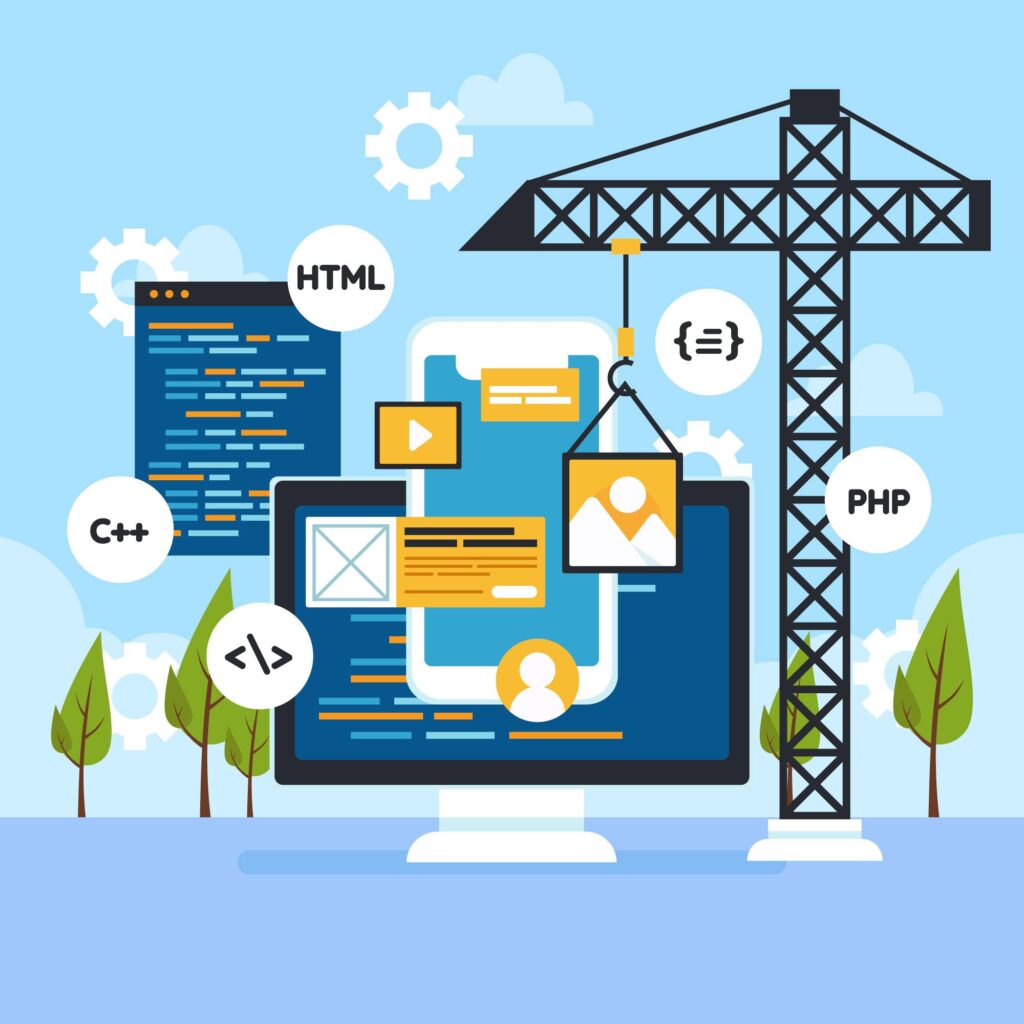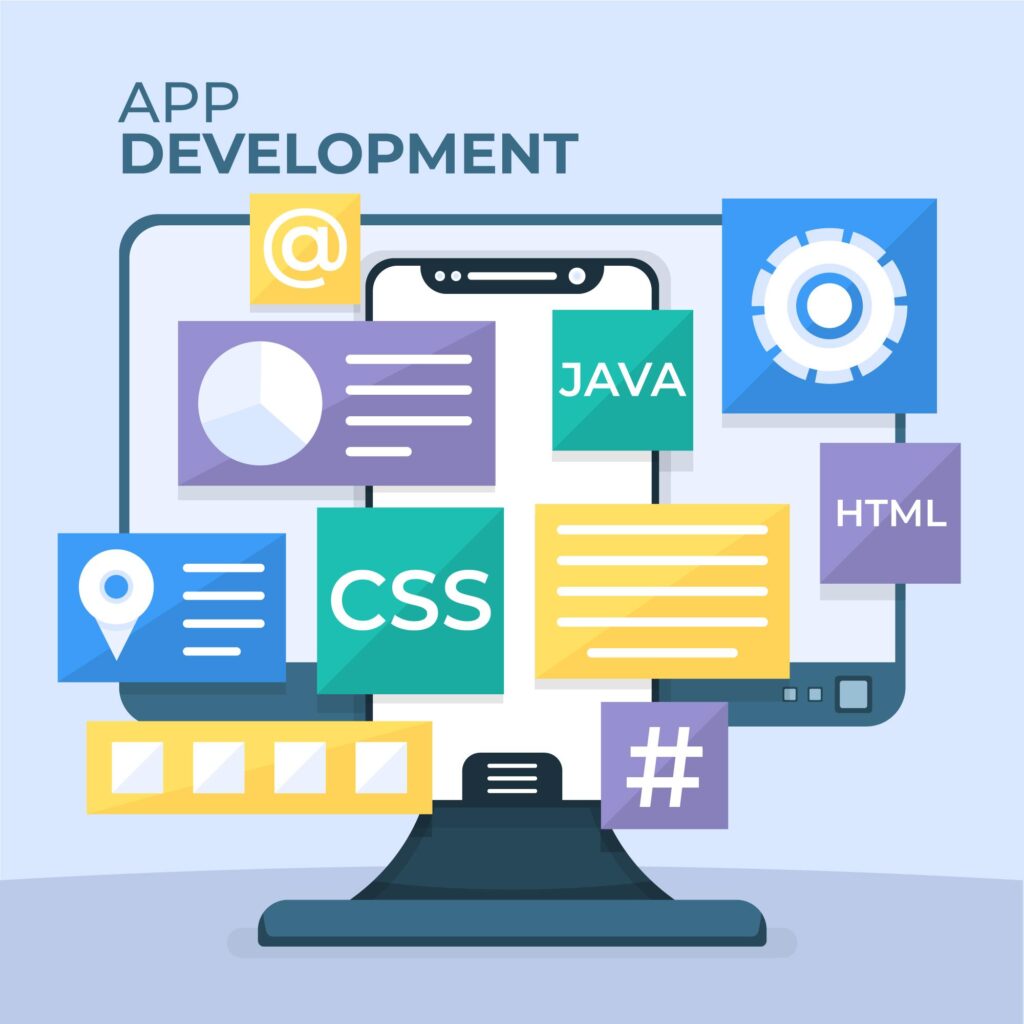In today’s fast-paced digital world, using the essential web development tools can significantly accelerate your workflow, improve team collaboration, and enhance product quality. Whether you’re a freelance developer, part of a dev agency, or managing a startup, 2025 presents an expansive toolkit to help you build better, faster, and smarter.
Table of Contents:
-
Introduction
-
Importance of Using the Right Tools
-
Essential Web Development Tools for 2025
-
Frontend Tools
-
Backend Tools
-
Testing & Debugging Tools
-
DevOps & Deployment
-
Project & Task Management
-
-
Criteria for Choosing the Right Tools
-
Future Trends in Web Development Tools
-
Conclusion
-
Internal & External Links
1. Introduction
The web development industry is evolving rapidly—and in 2025, it’s no longer just about writing clean code. Today’s developers must also think about automation, collaboration, cross-platform compatibility, and deployment speed. This is where the role of essential web development tools becomes critical.
Whether you’re working solo, as part of a startup team, or in an enterprise development environment, the tools you use can make or break your project timeline and success rate. From frontend UI frameworks to backend APIs, and from testing suites to DevOps platforms, choosing the right development stack isn’t optional—it’s a strategic necessity.
The goal isn’t to use every trending tool—but to integrate the ones that truly optimize your workflow, reduce bugs, and scale seamlessly with your growing needs. In this guide, we’ll break down the most essential web development tools in 2025, organized by functionality, so you can build faster, collaborate better, and deploy with confidence.

2. Importance of Using the Right Tools
Effective web development tools lead to:
-
Faster development cycles
-
Streamlined workflows
-
Fewer bugs and smoother deployments
-
Better collaboration across remote teams
According to Stack Overflow’s Developer Survey, over 80% of developers believe the right tooling improves their productivity significantly.

Frontend Tools
1. Visual Studio Code (VS Code)
Still dominating in 2025, VS Code supports multiple languages and boasts a rich extension ecosystem.
2. React.js
Component-based UI framework with fast rendering, widely used for SPA and cross-platform apps.
3. Tailwind CSS
Utility-first CSS framework that enables rapid UI development with responsive designs.
Backend Tools
1. Node.js
A high-performance runtime for building scalable server-side apps in JavaScript.
2. Laravel (PHP)
A full-featured PHP framework with built-in authentication, routing, and caching tools.
3. PostgreSQL
An open-source database known for reliability, scalability, and advanced querying capabilities.
Testing & Debugging Tools
1. Postman
An API development platform offering testing, automation, and monitoring tools.
2. Jest
Used for testing JavaScript applications, supports snapshot testing and code coverage.
3. Chrome DevTools
Comes built-in with Chrome, excellent for front-end debugging and performance analysis.
DevOps & Deployment
1. Docker
Containerization tool for running applications in isolated environments with consistent configurations.
2. GitHub Actions
Automates build, test, and deployment pipelines directly in your GitHub repository.
3. Netlify
Ideal for frontend hosting with CI/CD built in and powerful global CDN.
Project & Task Management
1. Jira
Best suited for agile teams with robust backlog, sprint, and issue management.
2. Trello
A simple Kanban-style task board tool ideal for solo developers and small teams.
4. Criteria for Choosing the Right Tools
Before integrating new tools into your workflow, consider the following:
-
Team familiarity
-
Scalability & long-term support
-
Integration with your tech stack
-
Community and documentation
-
Licensing & cost
💡 Tip: Start small. Use trial versions or free tiers before full adoption.

5. Future Trends in Web Development Tools
In 2025, we’re seeing trends such as:
-
AI-assisted coding (e.g., GitHub Copilot, CodeWhisperer)
-
Low-code/no-code platforms for rapid prototyping
-
Edge computing tools like Cloudflare Workers
-
Enhanced real-time collaboration tools like Codespaces and Figma Dev Mode
These trends are shaping how developers work and what tools they rely on.
6. Conclusion
Whether you’re building full-stack apps, managing a team, or freelancing, using essential web development tools is key to project execution in 2025. The right mix of frontend, backend, testing, and deployment tools can enhance your workflow, reduce development time, and improve the end product.
Stay updated, experiment regularly, and build a stack that evolves with your needs.
🔗 Internal Links:
🔗 External DoFollow Links:
FAQs
Q1. What are essential web development tools?
A: Essential web development tools refer to software and platforms that help developers design, build, test, and deploy websites or web applications efficiently. These include code editors (like VS Code), frameworks (like React or Laravel), testing tools (like Postman), and deployment platforms (like Netlify or Docker).
Q2. Which frontend tools are best for web development in 2025?
A: The most popular frontend web development tools in 2025 include Visual Studio Code, React.js, Tailwind CSS, and Figma. These web development tools offer speed, flexibility, and compatibility with modern development practices.
Q3. What backend technologies should I learn in 2025?
A: Key backend tools for 2025 include Node.js, Laravel, Django, and PostgreSQL. These platforms provide performance, security, and scalability for modern web applications.
